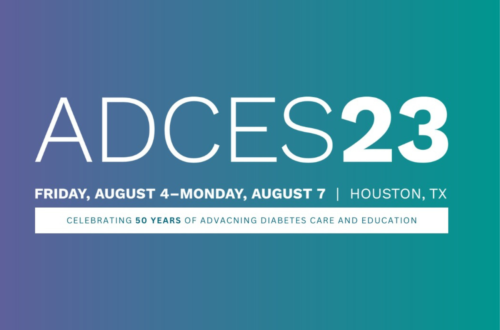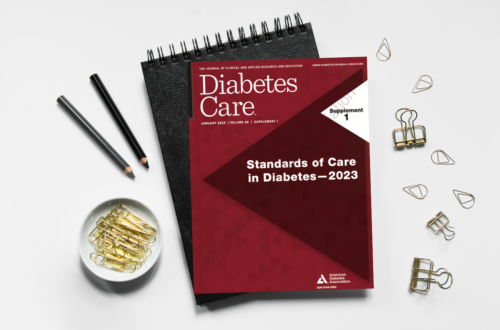
GLP-1 Injectables for Older Adults
With the increasing interest in and popularity of GLP-1 injectable medications, there is a growing concern about their safety when used with older adults. This article reviews some of the benefits and concerns associated with the use of GLP-1 injectable medications in advanced age.
Are GLP-1's Appropriate for Older Adults?
In general, age is not a contraindication to using GLP-1 medications. Individuals of any age can experience weight loss and improved metabolic health with a once-weekly injectable. In fact, medications like Ozempic or Trulicity can be safer options compared to others such as insulin or sulfonylureas, as they rarely cause low blood sugar levels.
Some older adults with a longer or more complex medical history may not be good candidates for a once-weekly injectable. Those with a personal or family history of medullary thyroid cancer, multiple endocrine neoplasia syndrome (MEN2), or chronic pancreatitis should avoid using GLP-1 medications. Additionally, individuals with a history of kidney or gallbladder problems, or those more prone to gastrointestinal issues like diarrhea or constipation, should use this class of medication more cautiously.
Are there Benefits to Weight Loss in Advanced Age?
Weight loss offers benefits regardless of age. Older adults with obesity (a BMI >30 kg/m²) can experience improvements in metabolic health, such as reduced insulin resistance, increased glucose sensitivity, lower blood pressure, and improved cholesterol levels. Additionally, they may notice improvements in balance, energy levels, and sleep quality.
Keep in mind that expectations regarding body weight and weight loss shift as individuals age. Research indicates that maintaining a BMI between 25 and 35 kg/m² can be protective against age-related health issues. A modest fat reserve becomes crucial during periods of illness, hospitalization, or decreased appetite.
Older adults are at a higher risk of muscle and bone loss if their weight loss efforts are not complemented by regular resistance training and adequate protein intake.
What is a Healthy Weight for an Older Adult?
Metabolic status is the best assessment tool for overall health. It’s important to note that a higher body weight doesn’t automatically equate to poor health. Instead, indicators such as blood pressure, cholesterol levels, A1c levels, and lifestyle factors like smoking habits, physical activity levels, and dietary patterns provide more accurate insights into one’s health status.
When evaluating health risks, consider body composition and waist circumference. For older adults, aiming for a body fat percentage below 35% for women and 24% for men is recommended. Additionally, keeping waist circumference below 32 inches for women and 37 inches for men is advisable.
It’s worth emphasizing that focusing solely on the number displayed on a scale is one of the least informative methods for assessing overall body health.
Key Takeaways
- GLP-1 medications can be safe options for weight loss and improved metabolic health in older adults. Prioritize metabolic needs and goals over chronological age.
- Older adults should carefully consider their medical history before using GLP-1 medications.
- Consider evaluating the benefits and necessity of weight loss in advanced age before prescribing a GLP-1 medication for this purpose. Prioritize emphasizing the advantages for metabolic health above all else.


You May Also Like

ADCES23: A Mecca for Diabetes Care & Education
August 8, 2023
Product Review: Dexcom G7
April 3, 2023
